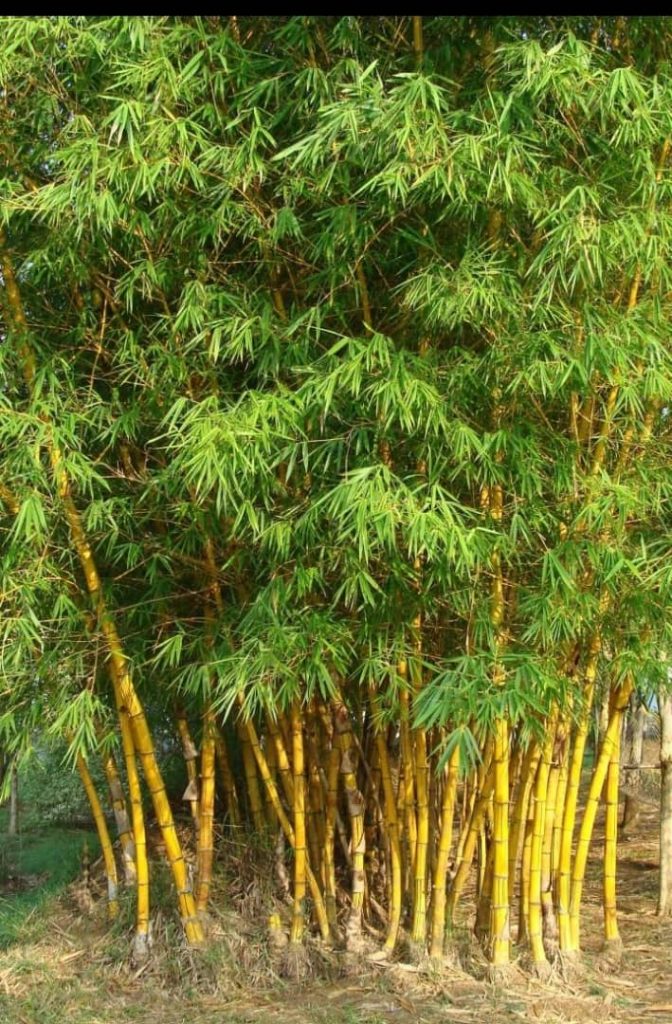The Chinese bamboo tree, scientifically known as Bambusa multiplex, has been a cornerstone of Chinese culture and society for thousands of years. Its unique characteristics, adaptability, and historical significance have made it an integral part of Chinese history, folklore, and daily life.
The Chinese bamboo tree is believed to have originated in the Yunnan Province of southwestern China, where it still thrives today. The earliest recorded cultivation of bamboo dates back to the Han Dynasty (206 BCE – 220 CE), when it was used for a variety of purposes, including building materials, food, and even as a form of currency.
The Taoist philosopher Zhuangzi (369-286 BCE) wrote extensively about the spiritual significance of bamboo, praising its ability to bend and adapt to the wind without breaking, a quality that resonated with the Taoist principles of flexibility and harmony with nature.
Read also:
- The IBBU Art
- History of Nigerian Currency
- Zungeru… the Forgotten Capital
- France, Italy, and the US… 10 Countries Where Citizens are Allowed to Carry Guns
During the Tang Dynasty (618-907 CE), bamboo reached the height of its popularity, becoming a symbol of Chinese culture and art. Bamboo paintings, bamboo poetry, and bamboo music flourished, as bamboo was used in various forms of artistic expression. The Bamboo Grove, a famous poem by the renowned poet Du Fu (712-770 CE), immortalized the beauty and tranquility of bamboo groves, solidifying its place in Chinese literature and art.
Bamboo has played a vital role in Chinese daily life, serving as a versatile material for housing, furniture, tools, and even food. In traditional Chinese medicine, bamboo is used to treat various ailments, including arthritis and respiratory issues. Bamboo is also a key component in the production of paper, textiles, and ceramics.
The bamboo hat, a traditional headpiece worn by farmers and laborers, is a testament to the tree’s practical applications.
The Chinese bamboo tree has been a constant presence in Chinese history, with its significance extending beyond its practical uses to its cultural and spiritual significance.
Confucius (551-479 BCE), the founder of Confucianism, often used bamboo as a metaphor for humility, flexibility, and adaptability. The Bamboo Forest, a famous Buddhist temple complex in Fujian Province, is a testament to the tree’s enduring spiritual significance.
The Chinese bamboo tree is a remarkable example of the intersection of nature, culture, and history.
From its ancient origins to its modern-day applications, bamboo has been an integral part of Chinese society, reflecting the values of resilience, adaptability, and harmony with nature. As we continue to learn from and appreciate the wisdom of this ancient tree, we are reminded of the importance of preserving our cultural heritage and respecting the natural world that sustains us.

